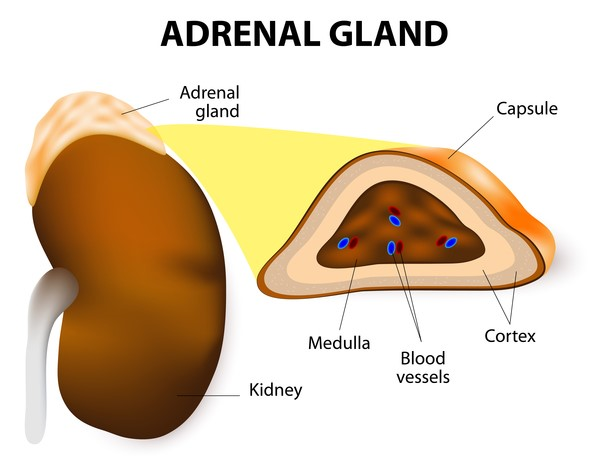The Role of Mutations on Gene NROB1 in X-linked Adrenal Hypoplasia Congenital Syndrome.
1. Abstract
1.1.X-linked congenital adrenal hypoplasia syndrome is a genetic disorder that mainly affects men. This disorder affects many hormone-producing tissues (endocrine glands) in the body, especially a small pair of glands above the kidneys called the adrenal glands. One of the main symptoms of this disorder is adrenal insufficiency, in which the adrenal glands do not produce enough hormones. A mutation in the NROB1 gene, located on the short arm of the X sex chromosome as Xp21.2, causes X-linked congenital adrenal hypoplasia syndrome. The NROB1 gene provides the instructions for the synthesis of a protein called DAX1.
1.2.Conclusion: upper pole first laparoscopic donor nephrectomy is safe and a slightly faster method compared to the conventional total laparoscopic technique with similar outcomes.
Clinical signs and symptoms of X-linked congenital adrenal hypoplasia syndrome
X-linked congenital adrenal hypoplasia syndrome is a genetic disorder that mainly affects men. This disorder affects many hormone- producing tissues (endocrine glands) in the body, especially a small pair of glands above the kidneys called the adrenal glands. These glands produce a variety of hormones that regulate many of the body’s basic functions [1].
One of the main symptoms of this disorder is adrenal insufficiency, in which the adrenal glands do not produce enough hormones. Adrenal insufficiency usually begins in infancy or childhood and can cause vomiting, difficulty eating, dehydration, very low blood sugar (hypoglycemia), and shock. If left untreated, these complications are often life-threatenin [1].
Affected men may also be deficient in male sex hormones, leading to underdevelopment of reproductive tissues, testicular descent into the scrotum (cryptorchidism), delayed puberty, and inability of the affected father to have children (infertility). Together, these features are known as hypogonadotropic hypogonadism. It is worth noting that the incidence and severity of these symptoms may vary even among affected members of the same family [1].
Etiology of X-linked Congenital Adrenal Hypoplasia Syndrome
A mutation in the NROB1 gene, located on the short arm of the X sex chromosome as Xp21.2, causes X-linked congenital adrenal hypoplasia syndrome. The NROB1 gene provides the instructions for the synthesis of a protein called DAX1. This protein plays an important role in the growth and function of several hormone-producing tissues (endocrine glands), including the adrenal glands, the two hormone-secreting glands in the brain (hypothalamus and pituitary gland), and the gonads (ovaries in women and testicles in men). The hormones produced by these glands control many important functions in the body [1,2].
Some NROB1 mutations cause the inactive version of the DAX1 protein to be produced, while other mutations delete the entire gene. As a result, DAX1 deficiency interferes with the normal growth and function of hormone-producing tissues in the body. Signs and symptoms of adrenal insufficiency and hypogonadotropic hypogonadism occur when the endocrine glands do not produce adequate amounts of certain hormones [1,3].
This syndrome follows a recessive X-linked hereditary pattern. The gene associated with this condition is located on the X sex chromosome, which is one of two sex chromosomes. In men (who have only one X chromosome), an altered copy of a related gene in each cell is enough to cause this condition. The X-linked hereditary trait is that fathers cannot
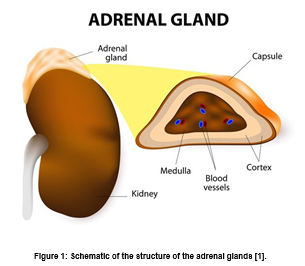
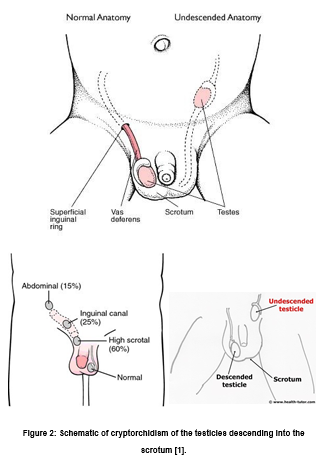
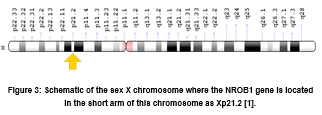
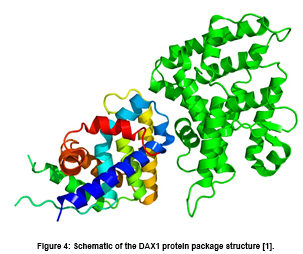
In women (who have two X chromosomes), mutations in both versions of the gene are usually needed to cause the disorder. Because women are unlikely to have two altered copies of a dependent gene, men with recessive X-linked inherited disorders are more affected than women [1,4].
In X-linked recessive inheritance, a woman with a mutated copy of the gene in each cell is called a carrier. He can pass on the altered gene to the next generation, but usually does not experience symptoms of the disorder. But in rare cases, women with the NR0B1 mutation may develop adrenal insufficiency or symptoms of hypogonadotropic hypogonadism, such as underdeveloped reproductive tissues, delayed puberty, and lack of menstruation [1,4].
Frequency of X-linked congenital adrenal hypoplasia syndrome
X-linked congenital adrenal hypoplasia syndrome is an uncommon (less common) genetic disorder. The exact frequency of the syndrome is not known, but reports have estimated the prevalence of the syndrome at about 1 in 12,500 live births [1,5].
Diagnosis of X-linked congenital adrenal hypoplasia syndrome
X-linked congenital adrenal hypoplasia syndrome is diagnosed based on clinical findings and some pathological tests. The most accurate way to diagnose this syndrome is to test molecular genetics for the NROB1 gene to check for possible mutations [1,6].
Treatment options for X-linked congenital adrenal hypoplasia syndrome
The treatment strategy and management of X-linked congenital adrenal hypoplasia syndrome is symptomatic and supportive. Treatment may be performed with the efforts and coordination of a team of specialists including endocrinologists and metabolism specialists, nephrologists, nutritionists, and other health care professionals. No reliable treatment has been identified for infertility in patients with this syndrome. Genetic counseling is also important for all parents who want a healthy child [1,7].
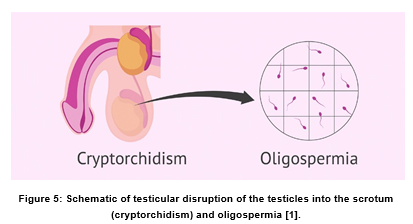
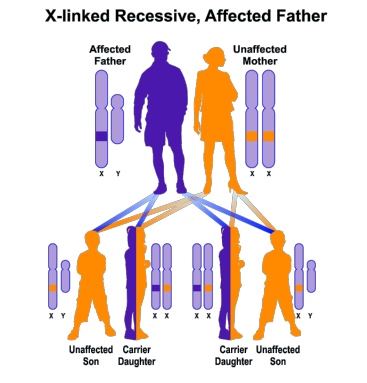

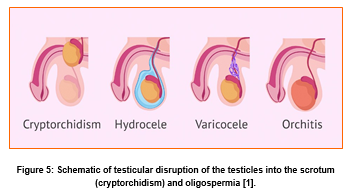

References
1. Asadi S, Human Genetics Infertility & Sterility Book, Amidi Publications, Iran 2020.
2. Achermann JC, Vilain EJ. NR0B1-Related Adrenal Hypoplasia Congenita. 2001 Nov 20 [updated 2018 Jan 25]. In: Adam MP, Ardinger HH, Pagon RA, Wallace SE, Bean LJH, Gripp KW, Mirzaa GM, Amemiya A, editors. GeneReviews® [Internet]. Seattle (WA): University of Washington, Seattle; 1993-2022.
3. Ahmad I, Paterson WF, Lin L, Adlard P, Duncan P, Tolmie J, Achermann JC, Donaldson MD. A novel missense mutation in DAX-1 with an unusual presentation of X-linked adrenal hypoplasia congenita. Horm Res. 2007;68(1):32-7. Epub 2007 Feb 16.
4. Clipsham R, McCabe ER. DAX1 and its network partners: exploring complexity in development. Mol Genet Metab. 2003 Sep-Oct;80(1-2):81-120. Review.
5. Fujieda K, Okuhara K, Abe S, Tajima T, Mukai T, Nakae J. Molecular pathogenesis of lipoid adrenal hyperplasia and adrenal hypoplasia congenita. J Steroid Biochem Mol Biol. 2003 Jun;85(2-5):483-9. Review.
6. Hammer GD, Parker KL, Schimmer BP. Minireview: transcriptional regulation of adrenocortical development. Endocrinology. 2005 Mar;146(3):1018-24. Epub 2004 Dec 16. Review.
7. Lalli E, Sassone-Corsi P. DAX-1, an unusual orphan receptor at the crossroads of steroidogenic function and sexual differentiation. Mol Endocrinol. 2003 Aug;17(8):1445-53. Epub 2003 May 29. Review.
